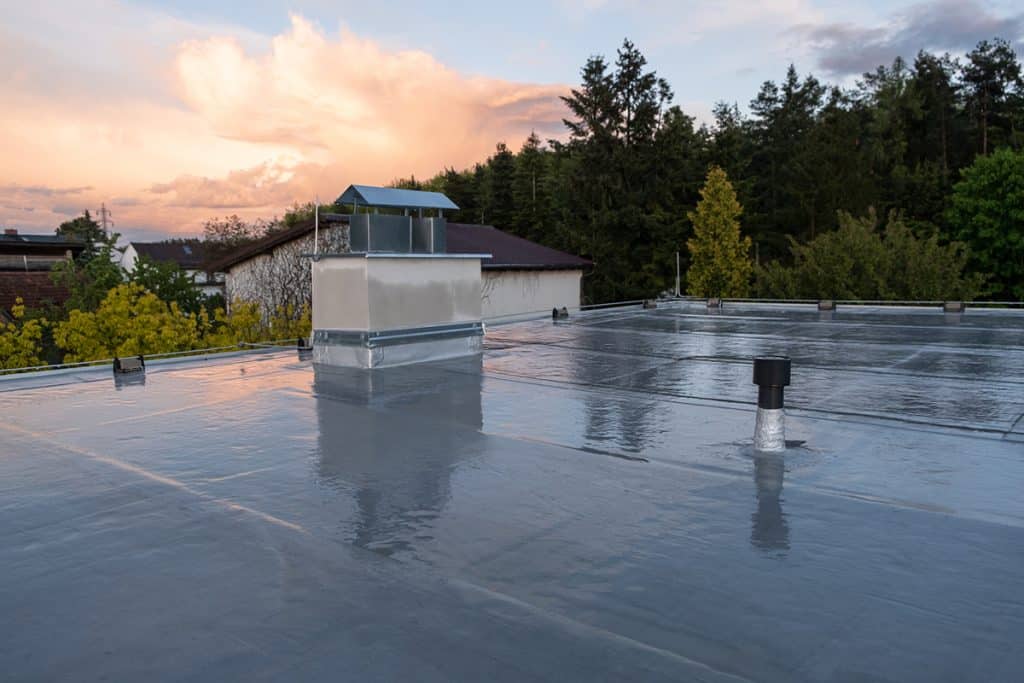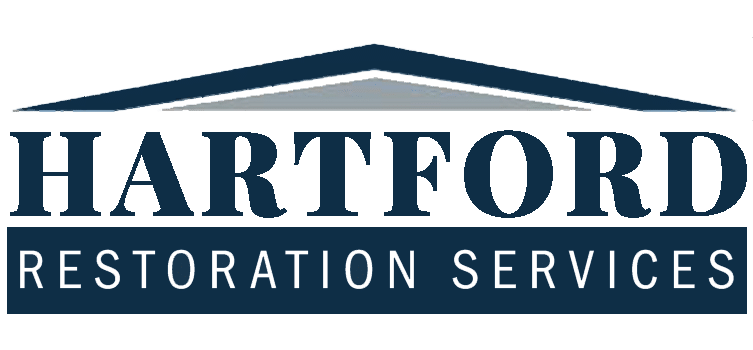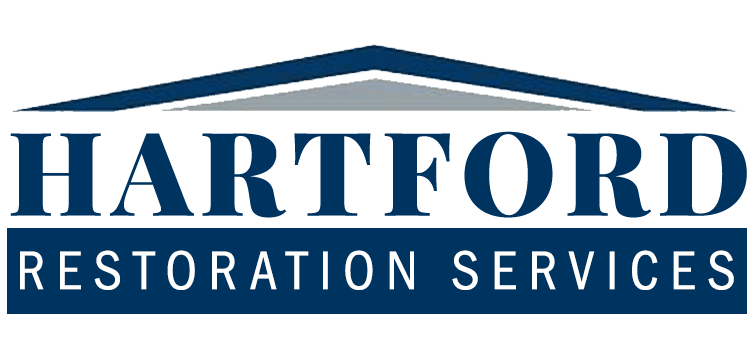How Weather Conditions Impact Commercial Roofing

As a commercial property owner, one of your most significant investments is your building's roof. Understanding how various weather conditions impact your commercial roofing can help you adopt effective maintenance strategies, ensuring longevity and durability. In this blog post, we will explore the effects of different weather patterns on commercial roofs and present some practical maintenance tips.
1. Sun and Heat Exposure
Constant exposure to the sun and extreme heat can lead to the premature aging of roofing materials. UV radiation breaks down the chemical bonds in roofing materials, causing them to become brittle and crack over time. High temperatures can also cause thermal expansion and contraction, which can loosen seams and fasteners, leading to leaks.
Maintenance Tips:
- Regularly inspect your roof for cracks and other signs of damage.
- Consider applying a reflective coating to reduce heat absorption.
- Opt for materials that are UV-resistant and designed for high temperatures.
2. Rain and Humidity
Heavy rainfall and high humidity levels pose significant risks to commercial roofs. Persistent moisture can permeate roofing materials, leading to mold growth, rot, and structural damage. Water pooling on the roof’s surface due to poor drainage can exacerbate these issues, resulting in costly repairs.
Maintenance Tips:
- Ensure your roof's drainage system is functioning correctly and clear of debris.
- Schedule regular inspections to detect and repair leaks promptly.
- Consider installing waterproof membranes to prevent moisture infiltration.
3. Snow and Ice
Winter conditions bring their own set of challenges for commercial roofing. The accumulation of snow and ice adds extra weight, which can stress the roof structure. Ice dams can form on the eaves, preventing proper drainage and causing water to seep under roofing materials. Furthermore, the freeze-thaw cycle can lead to cracks and other damage.
Maintenance Tips:
- Remove snow and ice buildup promptly to prevent excessive weight.
- Insulate your roof adequately to minimize the formation of ice dams.
- Seal any cracks and joints to prevent water infiltration during freeze-thaw cycles.
4. Wind
Strong winds can cause significant damage to commercial roofs by lifting shingles, tearing off membranes, and even dislodging entire sections of the roof. Wind-driven debris can also puncture roofing materials, leading to water damage and other issues.
Maintenance Tips:
- Secure loose roofing materials and fasten down vulnerable sections.
- Trim trees and remove debris around the building to minimize potential damage.
- Invest in wind-resistant roofing materials and designs that can withstand high winds.
5. Hail
Hailstorms can be particularly damaging due to the impact force of hailstones. Depending on their size and velocity, hailstones can dent metal panels, puncture membranes, and crack shingles. The extent of damage often requires immediate attention to prevent further deterioration.
Maintenance Tips:
- Conduct thorough inspections after hailstorms to assess and document damage.
- Repair or replace damaged sections promptly to maintain roof integrity.
- Consider using impact-resistant materials specifically designed to withstand hail.
Proactive Maintenance Strategies
To safeguard your commercial roof against varied weather conditions effectively, adopting a proactive maintenance strategy is essential. Here are some general tips to keep your roof in optimal condition throughout the year:
- Regular Inspections: Schedule professional roofing inspections at least twice a year and after any significant weather event. Early detection of issues can prevent costly repairs and extend the roof's lifespan.
- Timely Repairs: Address minor issues, such as cracks and leaks, promptly before they escalate into major problems. Delaying repairs can lead to extensive damage and higher repair costs.
- Quality Materials: Invest in high-quality, weather-resistant roofing materials tailored to your region’s climate. Durable materials provide better protection and minimize maintenance needs.
- Proper Ventilation: Ensure your roof has adequate ventilation to prevent heat and moisture buildup. Proper ventilation helps maintain a stable indoor environment and protects roofing materials from damage.
By understanding how different weather conditions impact your commercial roof and implementing these maintenance strategies, you can protect your investment and ensure the safety and comfort of your building's occupants. For professional roofing maintenance and repairs, consider partnering with Hartford Restoration Services to keep your roof in top condition all year round. Contact us to discuss your project!

